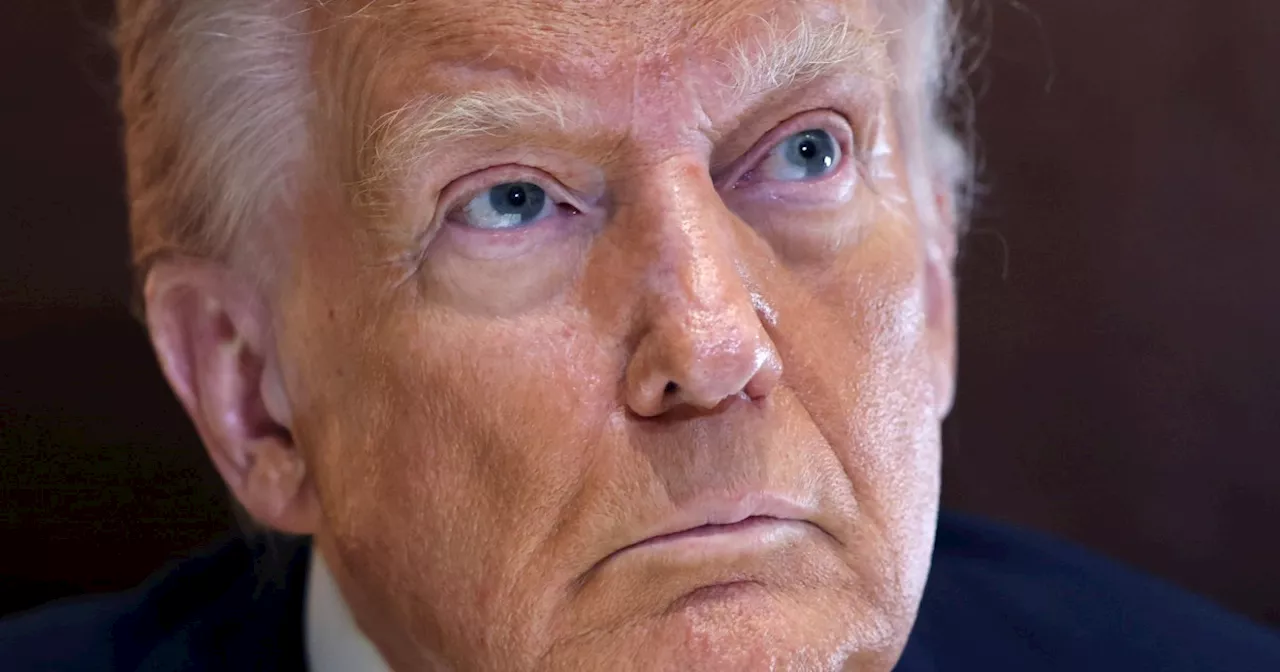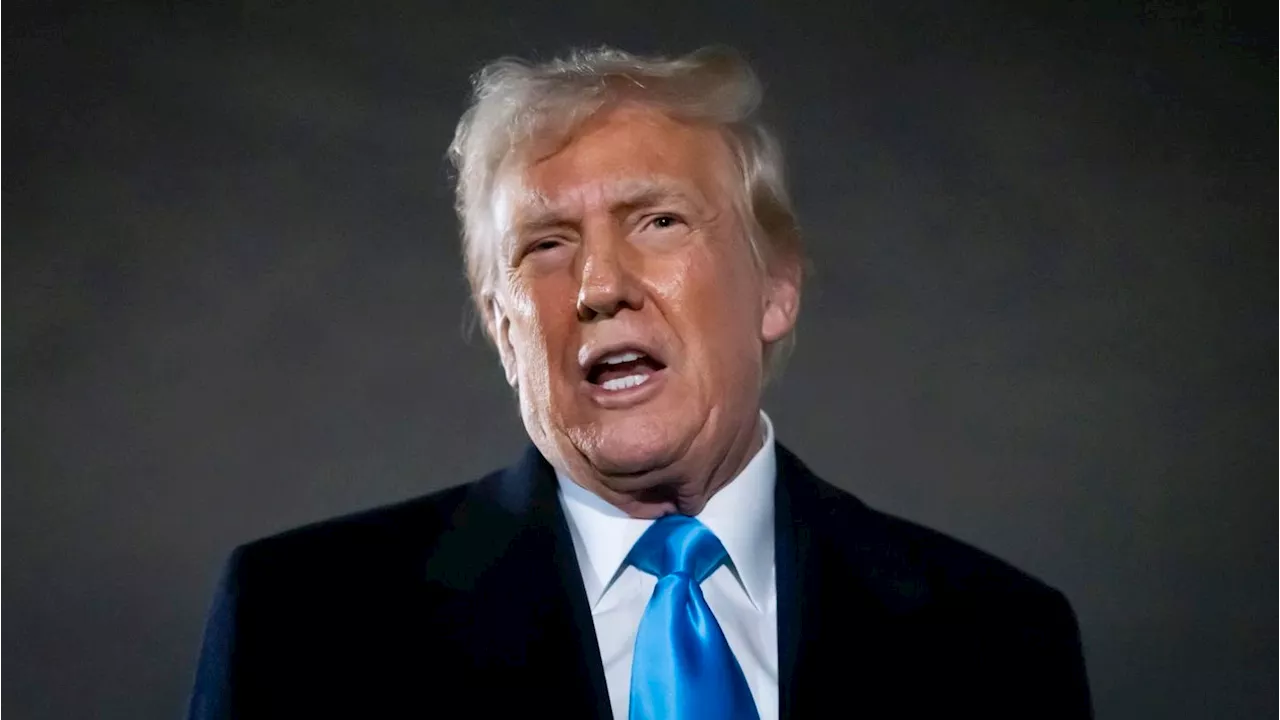Despite the complex and delayed implementation of US reciprocal tariffs, global markets reacted positively. Investors viewed the announcement as a relief, anticipating a comprehensive trade report in April. The dollar experienced a slight dip, but analysts believe this is a correction rather than a significant trend. The focus shifts to the Munich Security Conference and potential ceasefire talks in Ukraine.
The global markets experienced a positive reaction to the announcement of US reciprocal tariffs on Thursday. Despite the complexity and delayed implementation of these tariffs, scheduled for after April, investors interpreted the news as a relief. The market anticipated a significant trade report from the Commerce Department in April and had feared that the reciprocal tariff announcement would be a separate, more immediate action.
The fact that the announcement laid the groundwork for the April report was seen as a positive development. Investors have a clear understanding of President Trump's objectives with these reciprocal tariffs, outlined in a detailed factsheet. However, the specifics of how these tariffs will be calculated are intricate. Each country's tariff will be determined based on a comprehensive analysis of various factors, including import tariffs, VAT rates, subsidies, regulatory burdens, FX misalignment, and any practices that unfairly restrict market access or hinder fair competition with the US market economy.The White House has tasked the Commerce Department with producing a thorough report on each trading partner by April. The feasibility of this undertaking, given the government's efforts to reduce its workforce, remains to be seen. Nevertheless, the outcome is likely to result in substantial tariffs against key countries with which the US has a trade deficit. The EU is particularly vulnerable as Trump seems to be employing the threat of tariffs as leverage against its digital services tax. Our current outlook anticipates peak trade pressure in the second quarter of this year. This development aligns with our forecast for a stronger dollar in the second quarter, suggesting that the current dip in the dollar is a correction rather than a significant new trend.Moving forward, the focus shifts to the Munich Security Conference and its implications for a potential ceasefire in Ukraine. There is growing speculation about the possibility of representatives from the US, Russia, Ukraine, and potentially Europe meeting in Saudi Arabia at some point. Today's soft, weather-related January US retail sales figure is unlikely to significantly impact the dollar. However, short-term momentum could carry on ahead of the tariff story. The components of yesterday's US January PPI release, which are indicative of the core PCE deflator, were benign, contributing to the decline in US rates and a firmer outlook.The market perceives the delayed implementation of tariffs as a positive sign, granting trading partners a couple of months to adjust their strategies – such as purchasing substantial amounts of US LNG, reducing their own trade barriers, or engaging in a standoff. Our anticipated range for EUR/USD is a potential correction extending to the 1.0535/75 area, but not beyond. We maintain a baseline forecast that EUR/USD will be testing 1.00 in the second quarter. Interestingly, despite the outperformance of eurozone equities and discussions on whether global rotation into Europe could bolster the euro, there haven't been any strong indicators of this rotation in flows into a popular eurozone equity ETF – the Ishares MSCI Eurozone. This might contribute to the EUR/USD correction fading out above 1.05. This morning witnessed the release of inflation figures in Romania for January, with the headline number dipping from 5.1% to 5.0% year-on-year, exceeding market expectations of 4.9%. Simultaneously, 4Q24 GDP demonstrated a recovery in the economy from the previous quarter's stagnation, reaching 0.8% quarter-on-quarter, surpassing forecasts. Inflation expectations in Turkey, closely monitored by the central bank, experienced a slight decline in February but continued the downward trend observed in previous months. However, the January inflation surprise prompted a slight upward revision in year-end expectations to 28.3%.Later today, Poland's January inflation figures will be released. Our economists anticipate an increase from 4.7% to 5.0% year-on-year, aligning with market expectations. However, the upside surprises in the Czech Republic and Hungary earlier introduce some upside risk. In the Czech Republic, the central bank will publish the minutes from last week's meeting where they resumed the cutting cycle. As anticipated, CEE markets were in positive spirits yesterday following reports of Ukraine negotiations
Finance International Relations US Tariffs Global Markets Dollar Ukraine Trade Negotiations Munich Security Conference
United States Latest News, United States Headlines
Similar News:You can also read news stories similar to this one that we have collected from other news sources.
 Trump Announces 25% Steel and Aluminum Tariffs, Reciprocal Tariffs Coming This WeekPresident Donald Trump announced Sunday that he will impose a 25% tariff on steel and aluminum imports, as well as reciprocal tariffs on 'every country' this week. Trump said he will formally announce the steel tariffs on Monday and the reciprocal tariffs on Tuesday or Wednesday, with both taking effect 'almost immediately'.
Trump Announces 25% Steel and Aluminum Tariffs, Reciprocal Tariffs Coming This WeekPresident Donald Trump announced Sunday that he will impose a 25% tariff on steel and aluminum imports, as well as reciprocal tariffs on 'every country' this week. Trump said he will formally announce the steel tariffs on Monday and the reciprocal tariffs on Tuesday or Wednesday, with both taking effect 'almost immediately'.
Read more »
 Trump announces blanket tariffs on steel and aluminum, reciprocal tariffs on other countriesPresident Donald Trump said Sunday that he will announce reciprocal tariffs this week, as well as a 25% blanket tariff on steel and aluminum imports.
Trump announces blanket tariffs on steel and aluminum, reciprocal tariffs on other countriesPresident Donald Trump said Sunday that he will announce reciprocal tariffs this week, as well as a 25% blanket tariff on steel and aluminum imports.
Read more »
 Trump to Announce 25% Steel and Aluminum Tariffs, 'Reciprocal Tariffs' to FollowPresident Trump will implement 25% tariffs on steel and aluminum imports starting Monday. He plans to announce 'reciprocal tariffs' on Tuesday or Wednesday, imposing duties on goods from countries that tax U.S. products.
Trump to Announce 25% Steel and Aluminum Tariffs, 'Reciprocal Tariffs' to FollowPresident Trump will implement 25% tariffs on steel and aluminum imports starting Monday. He plans to announce 'reciprocal tariffs' on Tuesday or Wednesday, imposing duties on goods from countries that tax U.S. products.
Read more »
 Trump Tariffs Live Updates: President Starts Process For Reciprocal Tariffs—But Doesn’t Impose Them YetEconomists have broadly predicted Trump’s tariffs will raise prices and harm the economy.
Trump Tariffs Live Updates: President Starts Process For Reciprocal Tariffs—But Doesn’t Impose Them YetEconomists have broadly predicted Trump’s tariffs will raise prices and harm the economy.
Read more »
 Trump's Tariffs on China Spark Retaliation, Mexico-Canada Tariffs DelayedPresident Trump imposed tariffs on Chinese goods, triggering immediate retaliatory measures from China. Tariffs on Mexico and Canada have been temporarily postponed to allow for further trade and border security talks.
Trump's Tariffs on China Spark Retaliation, Mexico-Canada Tariffs DelayedPresident Trump imposed tariffs on Chinese goods, triggering immediate retaliatory measures from China. Tariffs on Mexico and Canada have been temporarily postponed to allow for further trade and border security talks.
Read more »
 Trump Imposes 25% Tariffs on Steel and Aluminum ImportsPresident Trump announced new tariffs on steel and aluminum imports from all countries, as well as reciprocal tariffs on countries taxing U.S. imports. The steel and aluminum tariffs are set to take effect soon, while the reciprocal tariffs will be implemented almost immediately. This move follows a trade standoff with Mexico and Canada, which was resolved just hours before the tariffs were set to go into effect.
Trump Imposes 25% Tariffs on Steel and Aluminum ImportsPresident Trump announced new tariffs on steel and aluminum imports from all countries, as well as reciprocal tariffs on countries taxing U.S. imports. The steel and aluminum tariffs are set to take effect soon, while the reciprocal tariffs will be implemented almost immediately. This move follows a trade standoff with Mexico and Canada, which was resolved just hours before the tariffs were set to go into effect.
Read more »
